Devlog of demo 4 #16
Hello humans!! This is PlayerXT, and today is...
◇ Day 18 of Demo 4 Production◇
Or that's what I would say if I were actually producing something. However, today I want to relax, but that doesn't stop me from explaining a part of my game and maybe helping someone...
(Or just waste your time here.)
So without further ado, welcome to...
◇ Day 18 of Non-Production of Demo 4◇
And today I decided to focus more on explaining the details of the mechanics and level design, after all, these are also crucial areas for the game's functionality.
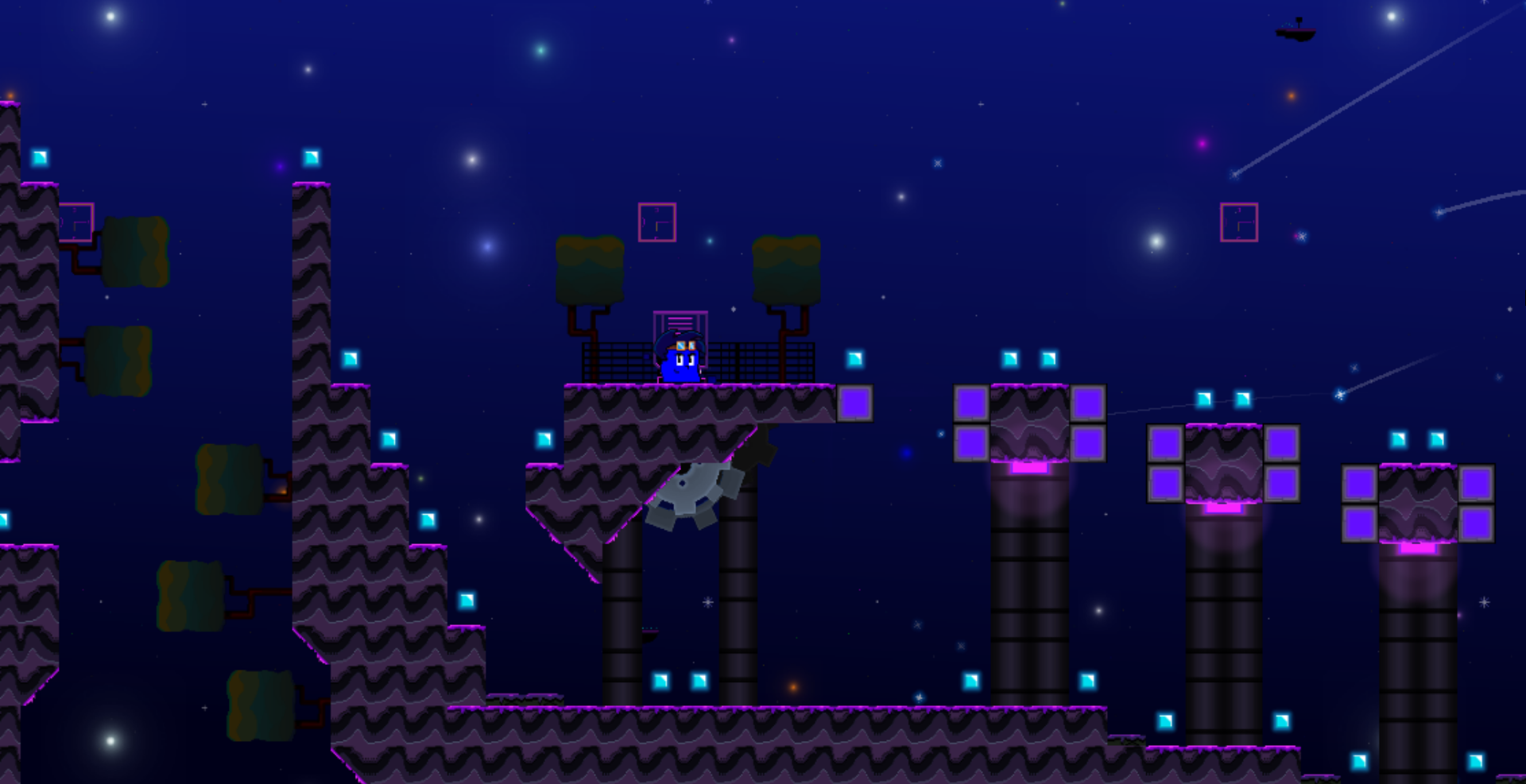
If there's one word I would use to describe this game's gameplay, it's... "freedom and dynamics."
(If you're saying "but, those are two words," here's my answer... it is... congratulations.)
I've always enjoyed games where the player has greater freedom of expression in their movements and has to make various decisions to progress, and this is reflected in Be Cube's gameplay.
Willy's movements are simple:
■ Basic movements...
▪︎ Walk sideways.
▪︎ Jump.
▪︎ Crouch.
▪︎ Run.
■ Movements that require unlocking...
▪︎ Wall jump.
▪︎ Wall crawl.
▪︎ Glide.
And that's it, the secret isn't in the quantity, but in the depth and layers of each movement.
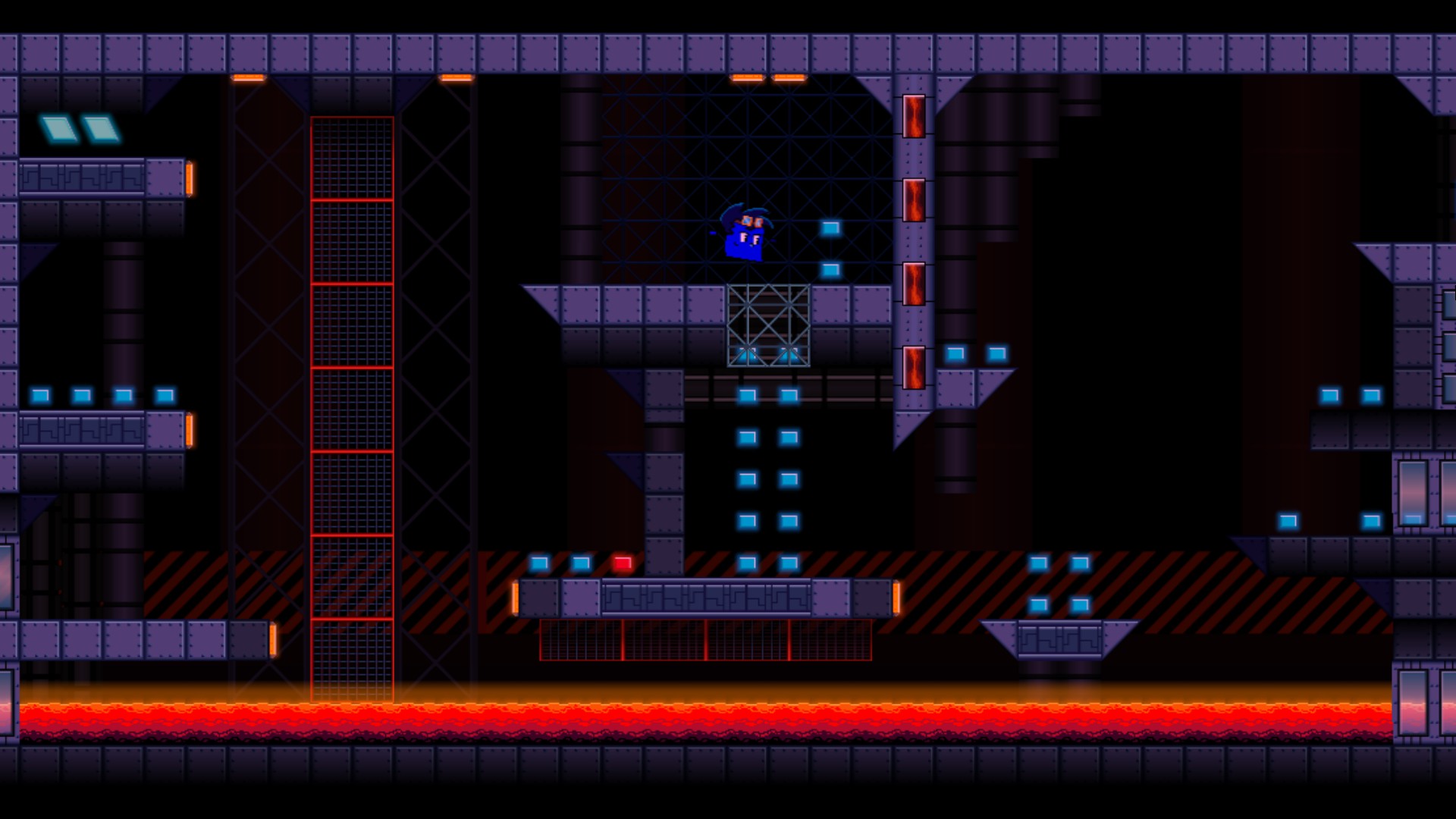
Examples:
▪︎ The size of the jump will depend on factors such as the player's speed, the length of time the jump button is held, and the amount of energy.
▪︎ When crouching in small areas, you can choose between going slowly without using energy or running crouched and using energy.
▪︎ When you wall jump, you can choose between holding the button in the opposite direction of the jump to reduce the speed of the wall or simply pressing down to increase the speed.
And so on. We also have one of my favorite mechanics, the perfect jump! If you press the jump button 7 pixels before touching the ground, you will:
▪︎ Gain an extra jump.
▪︎ Recover your energy
And with this, you create a cycle where you expend energy with some movement, perform a perfect jump (depending on the situation), and the cycle repeats.
So, in short, Willy's controls were designed to reflect the player's style. And that's where level design comes in...
Be Cube's level design is based on games like Celeste and Sonic (classic). Depending on the area, you might have a gigantic level with several different paths, or you might have a series of rooms with challenges.

(Aaaah... green-hill zone, the level that traumatizes Sonic fans the most nowadays)
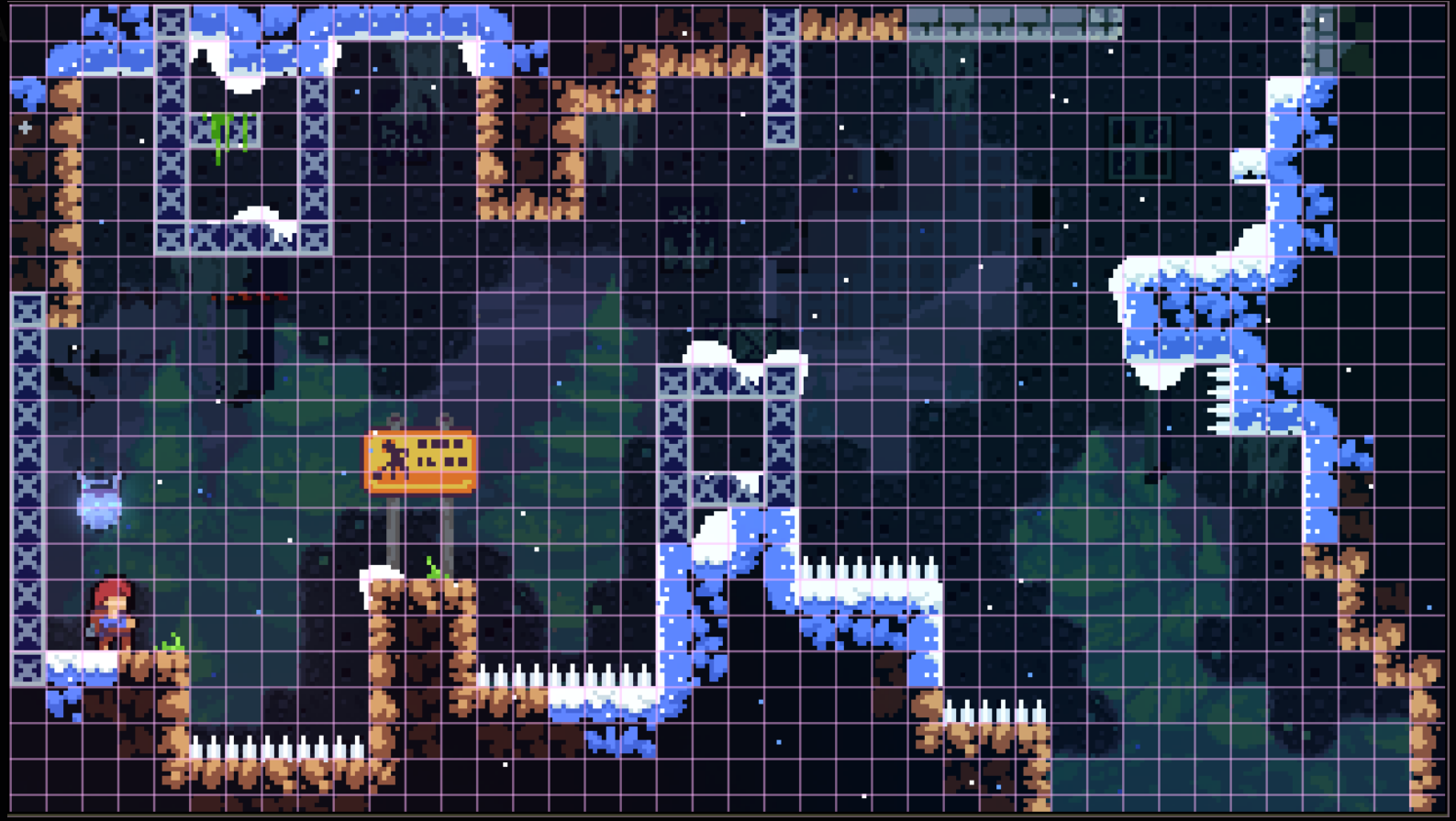
(A celeste stage... and I promise I'll stop to finish the game... one day lol)
SO...
The level design itself is tailored to the player's skills, meaning it typically has:
▪︎ Path A: Usually located at the top of the level, it's the most difficult path to maintain and contains the most dangers.
▪︎ Path B: Medium, where most players pass on their first playthroughs, and can be considered the "event center" of the level.
▪︎ Path C: Usually the lowest part of the level, where struggling players will fall. Here, the challenges are smaller and simpler.
▪︎ Secret Path: These are areas that will take you ages to discover and that I simply enjoy doing. They're the hardcore areas that are great shortcuts, even allowing you to skip entire areas of the game.
And there's always an invisible magnet where the obstacles in the level will naturally pull you towards path C... (or to your death, of course). Not to mention the heart system, which the level adjusts depending on how many you have, but I'll talk about that another day.
Of course, this is the basis; each area of the game requires a different interpretation of this style. For example, the special avenue has moments that have many more than three paths. The combustion center sometimes has one or two different paths. The spherical warehouse usually has four paths. So, it's a matter of the level's size and theme.
Now, the Hubworld follows a similar pattern.
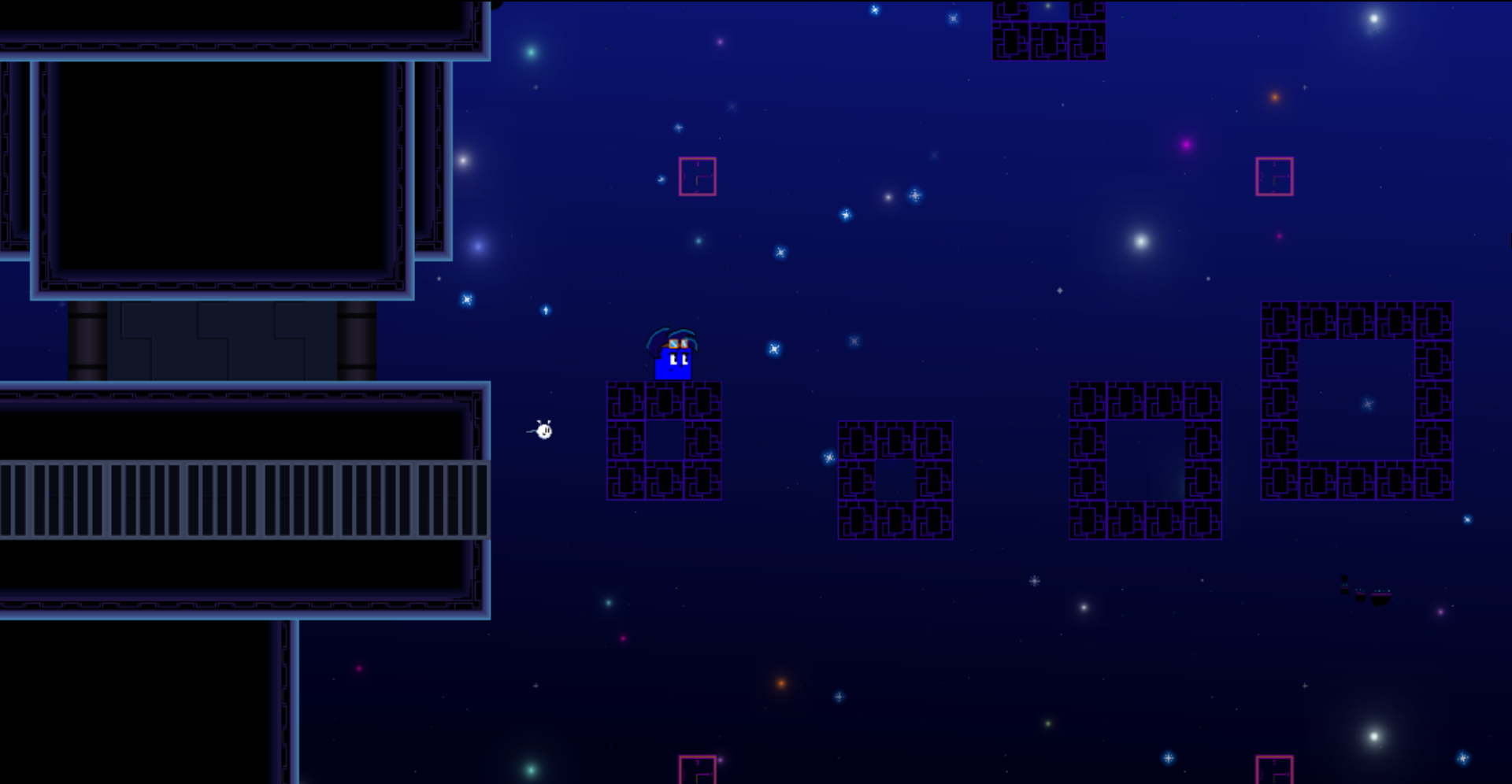
We have:
▪︎ Standard Path: The area where the player spawns. It usually follows a specific pattern (platforming challenges, the area where the portal to the next level is, and the bridge connecting to another island). This is a basic area where Willy's main dialogues are found. It's also the area near the Sea of Infinity, where touching this sea returns the player to the beginning.
▪︎ Middle Path: The middle area of the world. It requires the player to have learned the basics of Willy's abilities. It's a more diverse area, with challenges that can easily lead you down to the standard truck, but with several memories, entrances to challenge rooms, collectibles, and much more for players to discover.
▪︎ High Path: Requires more advanced skill control, where rarer collectibles and secrets can be found.
▪︎ Portal Network: Scattered throughout the Hubworld islands are portals that, when entered, take you to this "network," a set of platforming challenges that serve as shortcuts for faster travel between islands.
However, these rules can change depending on the situation. After all, the Hubworld's nature is unconventional, so it's a matter of balancing whether or not to follow the rules.
And... (breathes) it finished...
Then you combine the expressive gameplay of the characters and the levels with varied styles and paths, and voila! Be Cube!
How did I create all these rules? I have no idea! They emerged over time and reflected my own tastes, but in any case, they exist and are part of Cube's identity.
And that's it. I'll soon return to production on demo 4, butnow...
I'm going to just rest...
PlayerXT has left the server
Get Be Cube: Colony Stars (demo)
Be Cube: Colony Stars (demo)
the universe is bigger than you think!
| Status | In development |
| Author | PlayXtGames |
| Genre | Adventure, Platformer |
| Tags | 2D, be-cube, becubecolonystars, Cartoon, cube, playxtgames, Space, willy |
| Languages | English, Portuguese (Brazil) |
| Accessibility | Subtitles, Configurable controls, High-contrast |
More posts
- A little update...8 days ago
- Devlog of demo 4 #22 - Capitalism Update!22 days ago
- Devlog of demo 4 #2129 days ago
- Devlog of demo 4 #2036 days ago
- A filler episode about music 2: The filler continues.39 days ago
- Devlog of demo 4 #1943 days ago
- Devlog of demo 4 #1850 days ago
- Devlog of demo 4 #1764 days ago
- The future of Be Cube...71 days ago
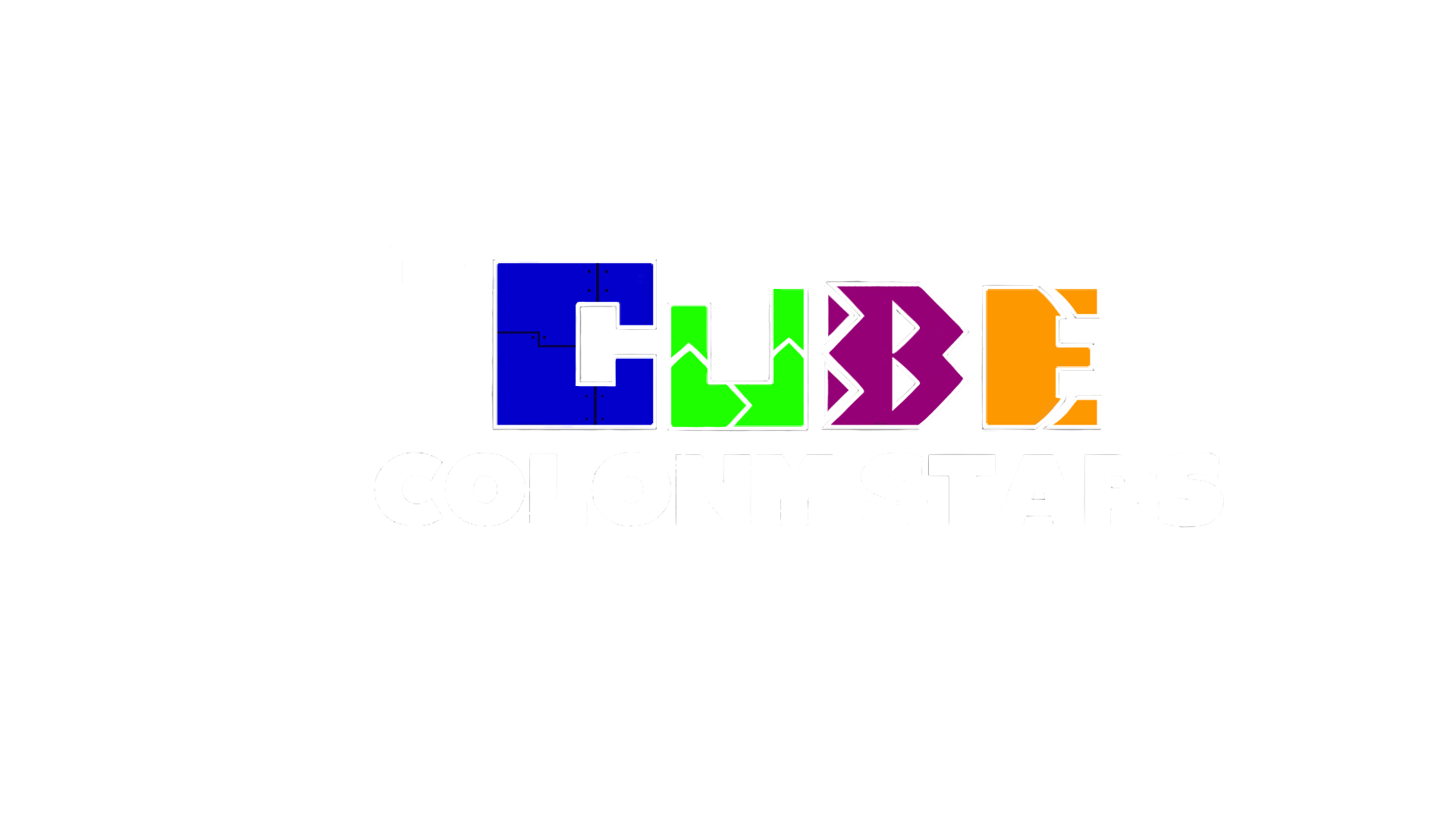
Leave a comment
Log in with itch.io to leave a comment.